Visited with Telf UE & Will Knot
After checking out "Revesby Hall" and a failed attempt somewhere else, We headed over to the Bass Maltings for a look around and it was still as
foggy as it was in the morning, so that made it better for us getting in without being spotted but them barbed wire fences was a little dodgey.
Here is some history on the place
Sleaford 'Bass' Maltings, Lincolnshire Back
Designed specifically to facilitate three key stages in the production of beer, the Sleaford Bass Maltings represent both a practical and architecturally pleasing group of buildings. But to fully appreciate the complexities of such an historical structure, it is necessary to have a basic understanding of its industrial origins.
The beer making process begins with the harvesting of the Barley Malt when the 'kernels' (grains) are effectively in a dormant state, and contain a high concentration of undegraded starches. Alcohol production from the malt requires two important ingredients; nutrients to promote yeast growth, and natural sugars like maltose. These are obtained through 'malting', an intricate process that involves 'steeping', 'germination', and 'kilning'.
Steeping, or soaking the malt in water, generally takes about two days to complete, and increases the water content of the kernels from approximately 10% to 50%, stimulating the metabolic processes. During this process, the water is periodically drained from the steeping tanks allowing fresh oxygen-rich water to be introduced, and the malt is turned to remove carbon dioxide from the respiring kernels. As soon as tiny white rootlets emerge (known as 'chitting') the process is deemed complete.
The next critical step is germination, when the wet Barley kernels are spread out on a malting floor. With strict temperature and humidity controls, this stage usually takes four to five days and involves regular turning to ensure streams of controlled air are introduced to remove further carbon dioxide, and to prevent the rootlets from becoming matted. Once the kernels begin to germinate, the starches gradually break down into simple sugars. These sugars need to be retained so germination is quickly stopped by 'kilning' or drying the malt to about 4% moisture. This is achieved by blowing hot air through the malt to arrest growth and, by varying the temperature at this stage, the colour and flavours of the final brew is determined.
At the turn of the 20th century, Sleaford was well placed for a malting complex on this scale. Situated in a very rural environment, it was close to extensive fields of barley, a seasonal workforce was on hand once the summer harvest had been gathered, the area was served by a plentiful water supply due to Artesian well dug at the end of the 19th century, and the railway line was in close proximity for ease of transportation. The site was purchased by Bass Ratcliff & Greeton Ltd in 1901, and building commenced to the design of Mr H A Couchman, an architect responsible for previous Bass projects. Construction spanned six years, starting with the engine house and associated buildings, and finishing with the smaller ancillary buildings such as the managers' cottages, dining halls, and the administrative offices. Covering a geographical area of just over 13 acres, and comprising some 500,000 sq ft of floor space, the Sleaford Bass Maltings cost around £350,000 to complete. Standing against a backdrop of flat landscape, this impressive complex can be seen for many miles, its eight massive malt houses, central water tower, and tall chimney dominating the skyline.
Production was under way in September 1906 and fully operational by the following year, with a capacity to produce 60,000 quarters of malt per season. Throughout the first half of the 20th century production continued at a pace but, by the end of the Second World War, had declined to such an extent that many of the buildings had become redundant. While other trades rented some of the unused space, the malt industry continued to decline until, in 1959, production finally ceased. The infrastructure had simply become out-dated and too costly to maintain. In 1973 the Sleaford Bass Maltings were purchased by a local firm, GW Padley (Property) Ltd who utilised it for chicken rearing and vegetable processing, but the chicken rearing came to end during the 1990s when approval was given for residential development of adjacent land.
Considered to be of special architectural and historical interest, the Sleaford Bass Maltings were Grade II listed in 1974, only to suffer considerable damage two years later when a severe fire spread through the central area. Despite the intensity of the blaze, the structural integrity of the buildings remained intact due to the quality of the original construction, and this fact probably played a key role in saving the building from demolition when an application was made in 1982.
Changing views and current policies on regeneration have given this major architectural site new hope for the future. Plans to transform the complex, and provide the community with essential housing, leisure and retail facilities, will ensure that the character of the Sleaford Bass Maltings is balanced against a sustainable development.
Now Here are my pics please enjoy
The famous spiral staricase
Below the hole
Above the hole
And 1 more from the bottom of the stairs
Thanks for looking
Results 1 to 1 of 1
-
02-02-2014, 03:49 PM #1
 Sleaford 'Bass' Maltings, Lincolnshire, january 2014
Sleaford 'Bass' Maltings, Lincolnshire, january 2014
-
Similar Threads
-
Bass Maltings Sleaford
By oldskool in forum Industrial sitesReplies: 1Last Post: 04-03-2011, 10:46 AM -
Bass maltings - Sleaford.
By magoo² in forum Industrial sitesReplies: 7Last Post: 08-02-2011, 08:59 PM -
Bass Maltings, Sleaford, January 2011
By Only2Eyes in forum Industrial sitesReplies: 18Last Post: 06-02-2011, 05:39 PM -
Bass Maltings - Sleaford - 12/01/09
By Muse in forum Industrial sitesReplies: 12Last Post: 14-01-2009, 01:30 PM




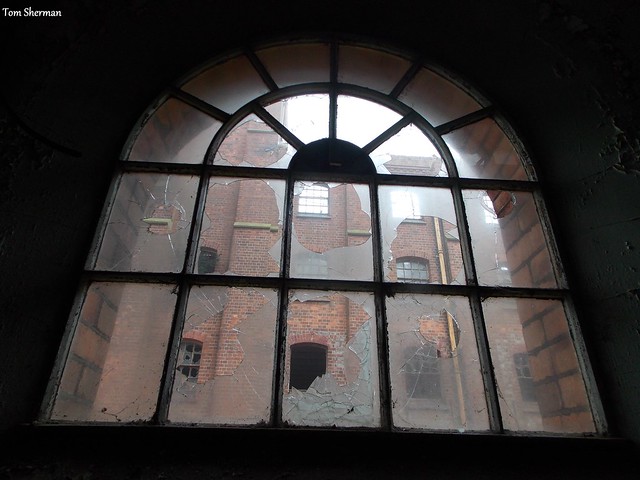
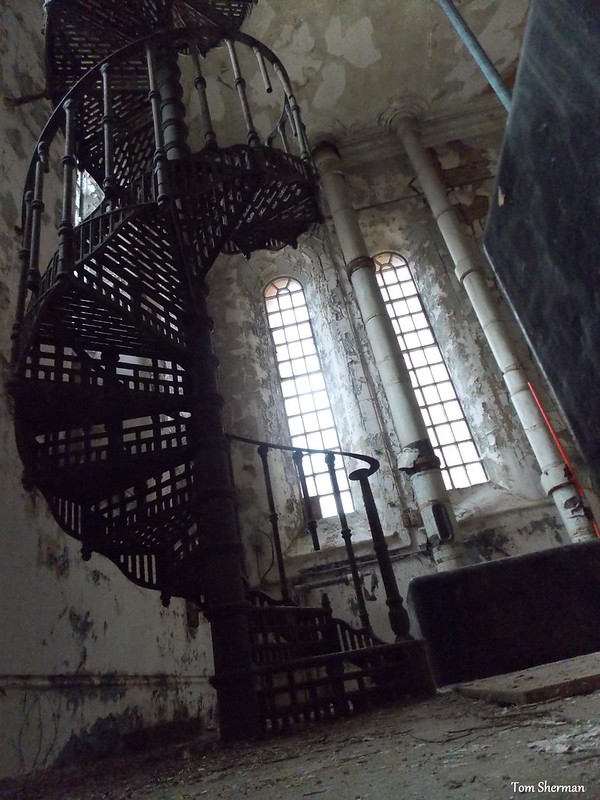
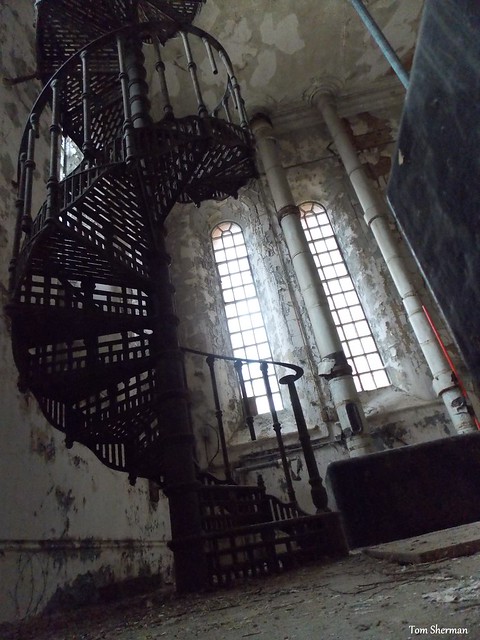
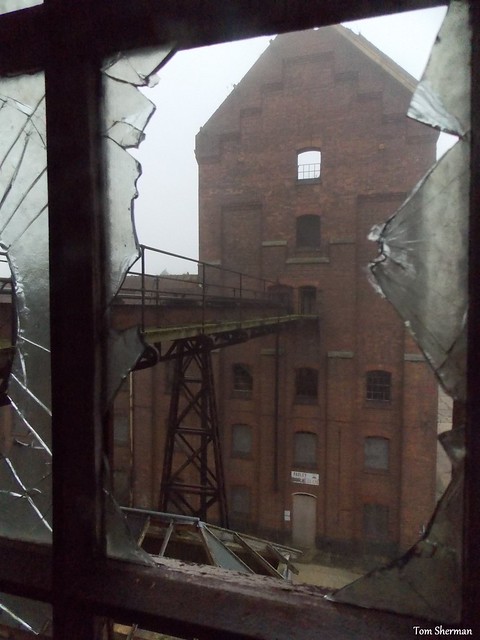
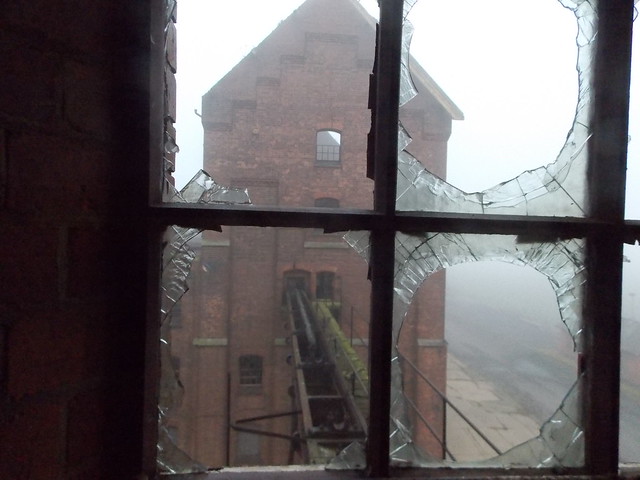
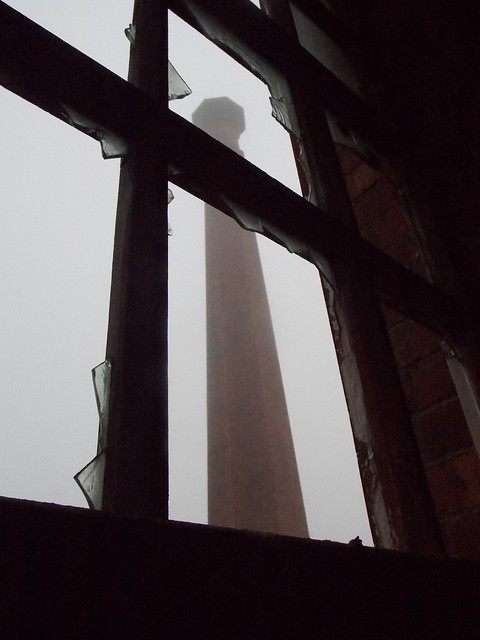
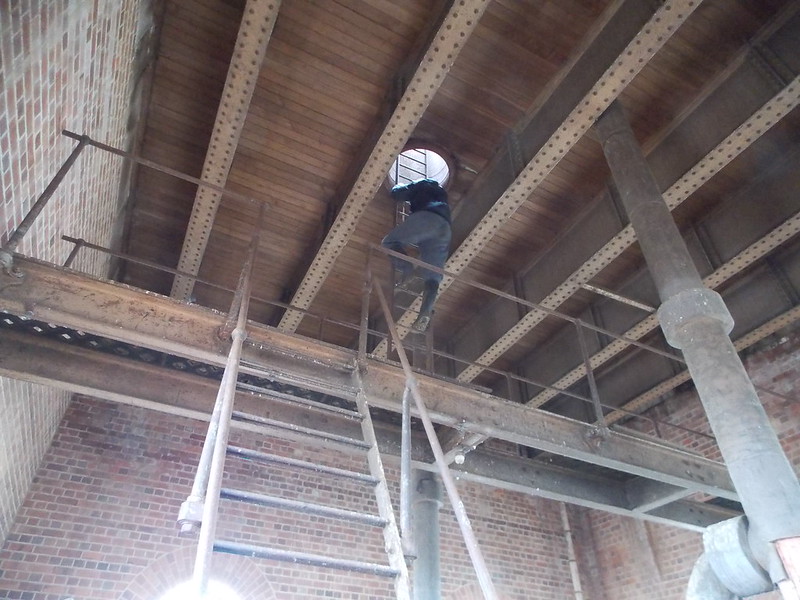

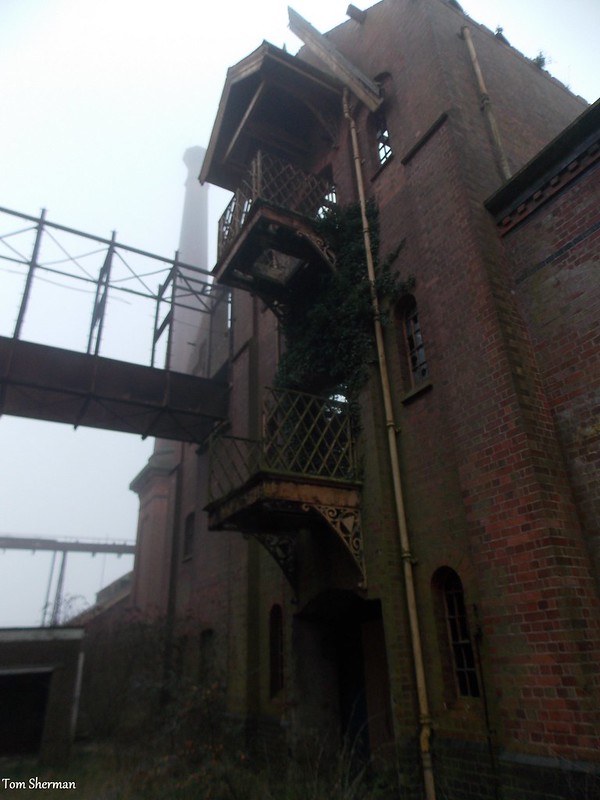

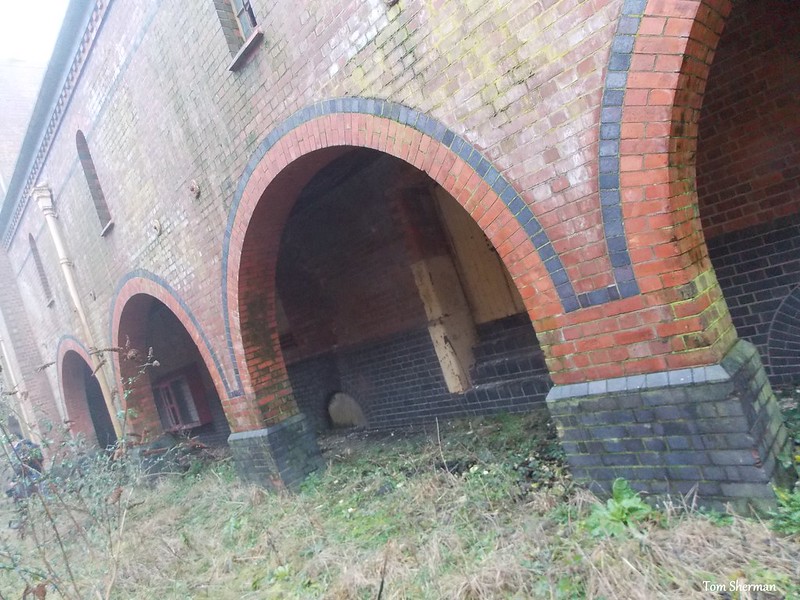

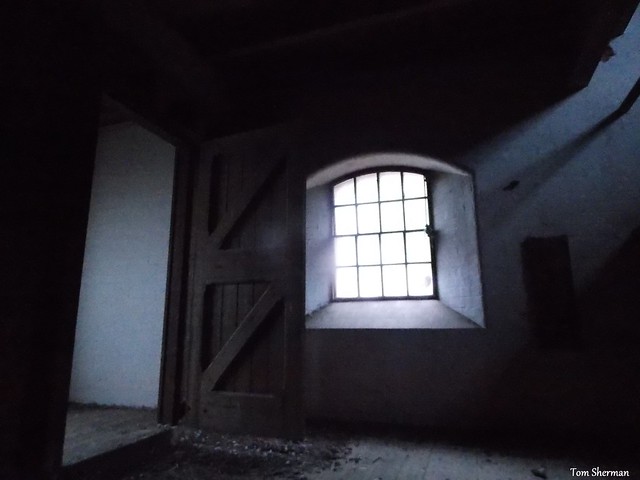
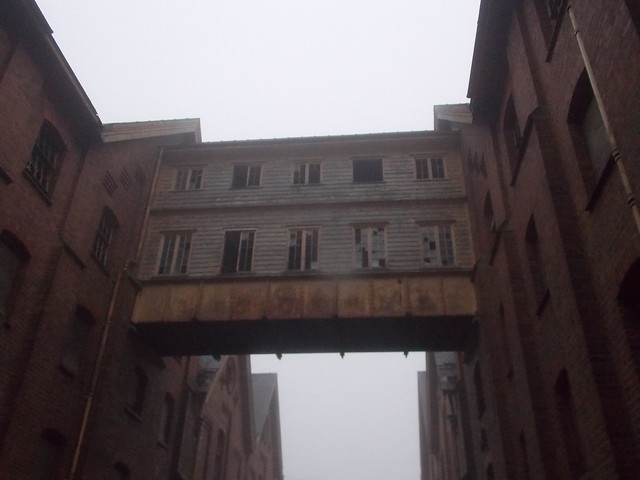



 Reply With Quote
Reply With Quote